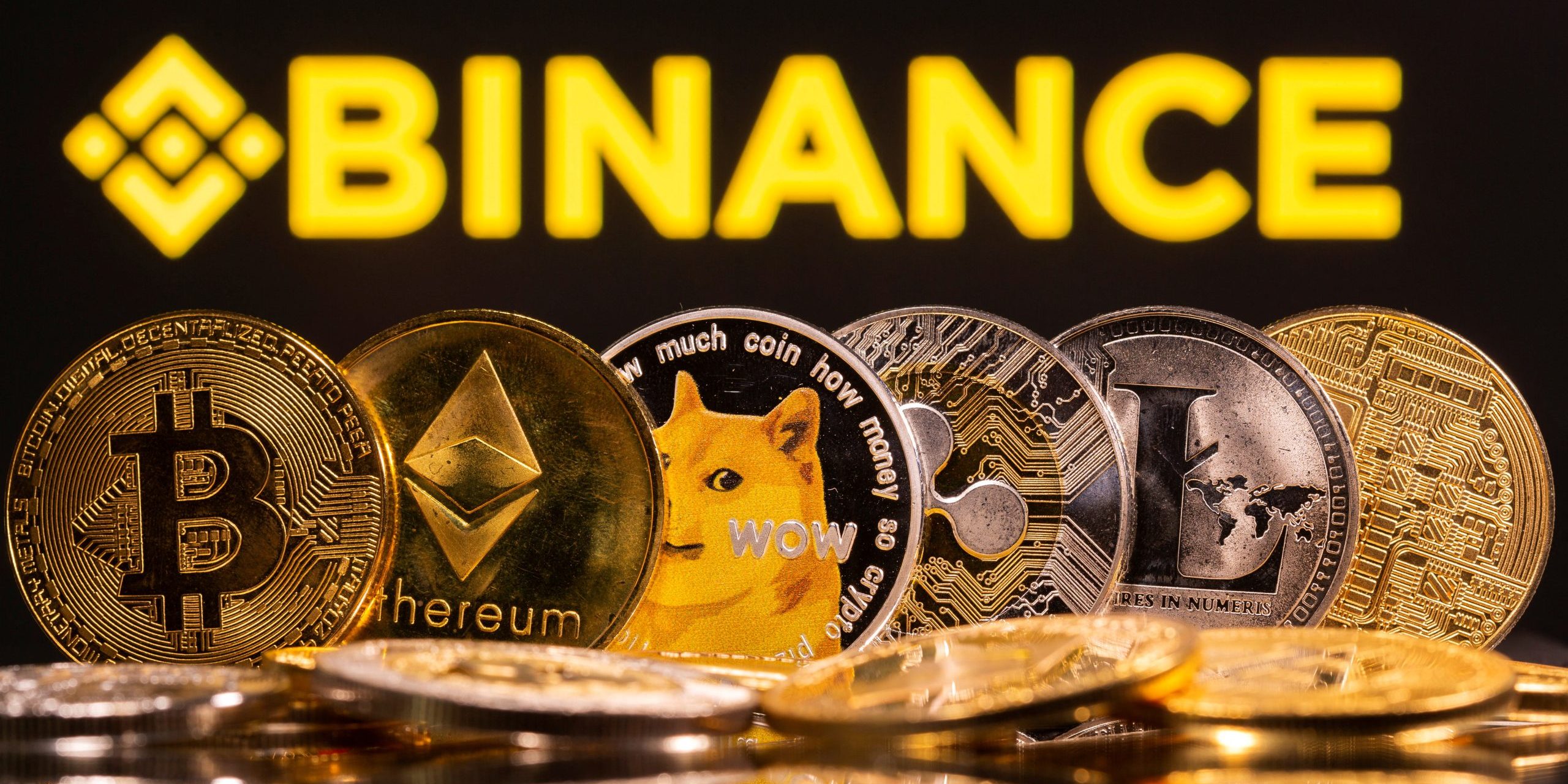Market Data Endpoints
These endpoints provide real-time and historical market data for different cryptocurrencies traded on Binance. This data includes information such as the current price, trading volume, order book depth, and more.
Account Endpoints
These endpoints allow developers to access information about their Binance account, including balances, trade history, and open orders. They also enable developers to place new orders and cancel existing ones.
Websocket Endpoints
These endpoints provide real-time streaming of market data and order updates. They are ideal for building applications that require real-time data
Public Endpoints
These endpoints provide publicly accessible information about Binance, such as the current trading rules, available trading pairs, and more.
Market Depth
Market depth refers to the level of liquidity in a financial market. It indicates the purchase and sell order volume for a particular asset at different prices. It aims to provide traders and investors with information about the supply and demand for specific support and the potential impact of their trades on the market.
Market depth refers to the ability of the market to sustain a substantially larger order without making an impact on the security’s market price. Usually, while calculating market depth, trading within one particular security is considered. Within the trades, the total breadth and the level of open orders made are considered.
Aggregate Trade
Aggregate trade combines trades with the same price together in a period of time.
Limit Order
A limit price is a price, or pricing strategy, where products are sold by a supplier at a price low enough to make it unprofitable for other players to enter the market. It is used by monopolists to discourage entry into a market, and is illegal in many countries.
Market Order
A market order is an order to buy or sell a stock at the market’s current best available price. A market order typically ensures an execution, but it doesn’t guarantee a specified price. Market orders are optimal when the primary goal is to execute the trade immediately.
OCO Order
A one-cancels-the-other (OCO) order is a pair of conditional orders stipulating that if one order executes, then the other order is automatically cancelled. An OCO order often combines a stop order with a limit order on an automated trading platform.
An OCO (One Cancels the Other) order allows you to place two orders at the same time. It combines a limit order with a stop-limit order but only one of them can be executed. This means that as soon as one of the orders is partially or fully filled, the other is automatically canceled. Manually canceling one of the orders will also cancel the other one.
Limit Order
Investors set a stop-limit order by placing the stop price where they want the order to trigger and a limit price where they would like a trade execution. If the security reaches the specified trigger price, the limit order activates and executes if the price is at or better than the price specified by the investor.
Dust
Dust is simply a trace amount of cryptocurrency that’s left over after a trade or transaction. It typically has negligible monetary value, ranging from minuscule fractions of a penny to a few dollars.
Margin Trading
Margin trading—also known as buying on margin—allows you to use leverage to boost your purchasing power and make larger investments than you could with your own resources. But when you buy stock with borrowed money, you run the risk of racking up higher losses.
When you open a new brokerage account, you may be offered the opportunity to choose a margin account. This type of brokerage account lets you deposit cash and then borrow a larger amount of money to buy investments.
Margin trading is a type of secured lending. When you take out a loan from your broker to buy on margin, the loan is secured with the investments you buy—similarly to how you secure a home equity line of credit (HELOC) with the home itself.
Regulations limit investors to borrowing up to 50% of an investment’s purchase price. Brokerages may have other limitations on how much you can borrow for margin trading.
Let’s say you open a margin account and deposit $5,000 in cash, for example. Your broker would allow you to buy $10,000 worth of stock in the account, and they would charge you an annual interest rate on the margin loan.
Interest on margin trading is typically added to the margin balance monthly. When you sell your stock, proceeds first pay down the margin loan and what’s left goes to the account owner.
Cross Margin
Cross margining is the process of offsetting positions whereby excess margin from a trader’s margin account is transferred to another one of their margin accounts to satisfy maintenance margin requirements. It allows the trader to use their available margin balance across all of their accounts.
Isolated Margin
Let’s understand what they are and how they work. In isolated margin mode, the amount of margin is limited to a specific position. This means that you decide how much of your funds you want to allocate as collateral for a specific position, and the rest of your funds are not affected by that particular trade.









